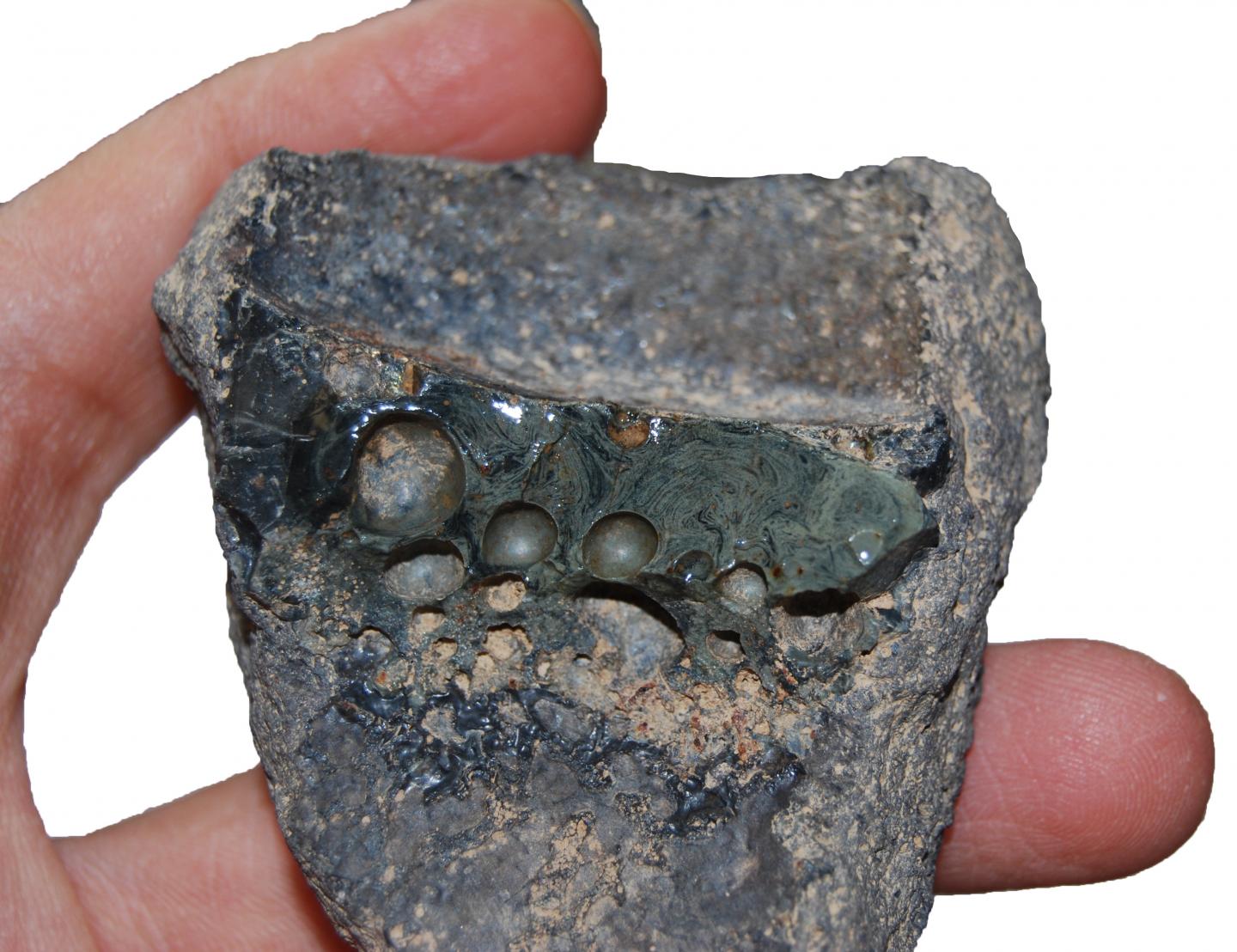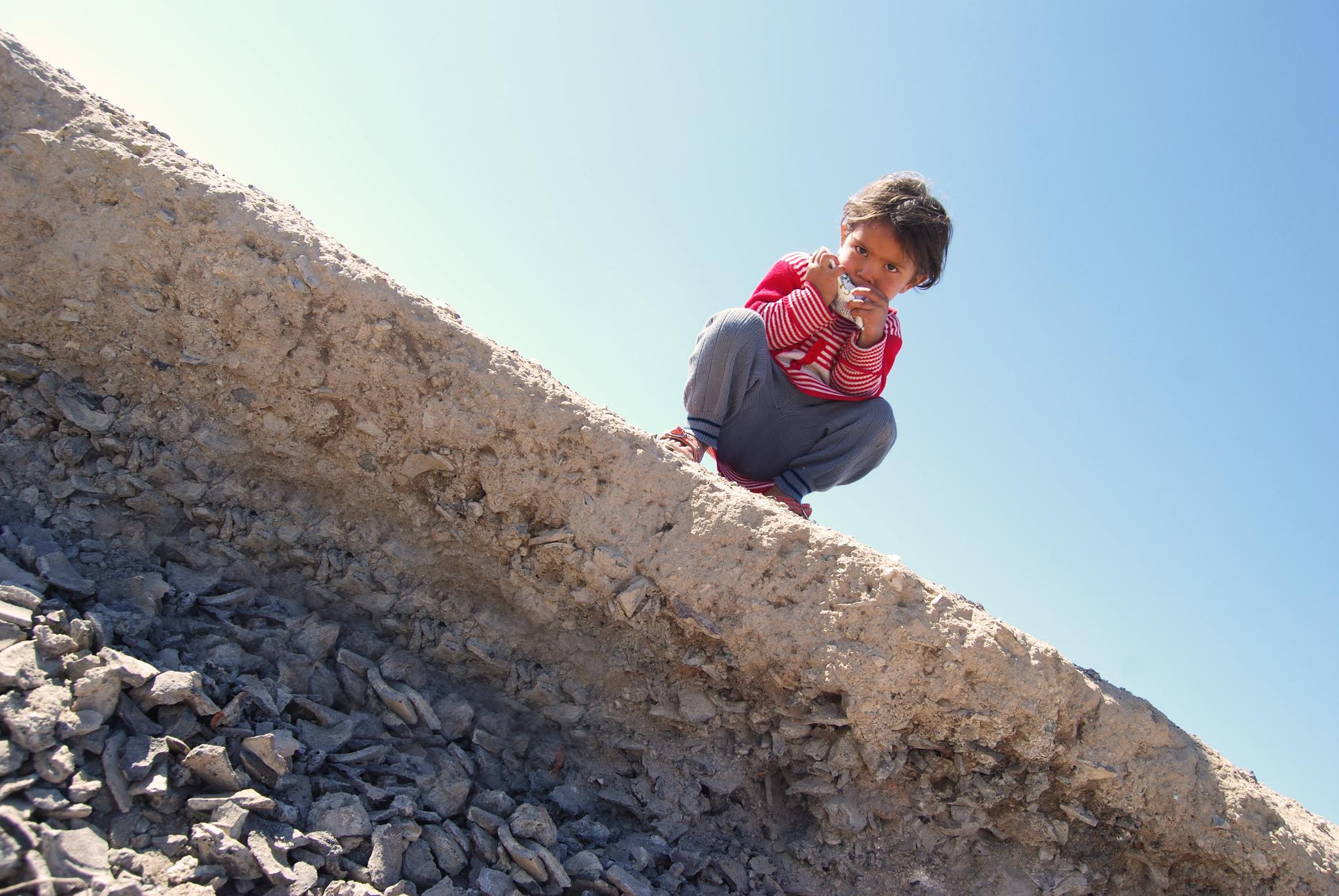Chromium steel alloys, such as stainless steel, are thought to be modern innovations, with origins that date back about 200 years at the earliest.
Archaeologists have now dramatically pushed back that timeline with the discovery of “the first intentionally produced chromium steel,” made nearly a millennium ago in what is now Iran, according to a study published on Tuesday in the Journal of Archaeological Science.
“900 years ago, people were using chromium,” said Rahil Alipour, an archaeological scientist at University College London who led the research, in a call. “They were adding it to steel-making.”
“It is quite significant for us because now we know that if we find chromium in a historical object, we cannot really rule out that object as fake,” she added. “Second, it will give us an opportunity to provenance steel objects,” meaning that researchers can use the chromium to trace objects back to specific production centers or to steel-making traditions.
This newly identified chromium steel, made in Medieval Persia in the 11th and 12th centuries, is a type of “tool steel” containing a fraction of the chromium in modern stainless steel. But even this small amount, sourced from chromite ore, conferred the ancient alloy with beneficial properties such as surface hardness and wear-resistance, making it a handy choice for weapons and armor.
The new study is the culmination of more than a decade of research that included father-daughter field expeditions, sophisticated analytical techniques, and a Persian polymath named Abu-Rayhan Biruni who lived 1,000 years ago.
In early 2011, Alipour set out to find physical evidence of crucible steel technology by searching for a historical production center called Chahak, which is mentioned in several manuscripts. She and her father embarked on road trips across Iran looking for the fabled place, a quest that was complicated by the dozens of villages named Chahak and the sheer abundance of archaeological sites in the nation, generally.
At times, the going got rough.
“We couldn’t find anything,” Alipour recalled. “We were stuck in the mud in the middle of nowhere, and then stuck in the snow in the middle of nowhere. It was pretty intense.”
Despite the setbacks, her father kept encouraging Alipour to keep looking, and eventually they identified the right Chahak site, in southwest Iran. Though the location was already registered as a historical site, its steel-making equipment hadn’t yet been studied much at that point.
Alipour and her colleagues examined samples taken from a 900-year-old crucible at the site with a scanning-electron microscope. The results revealed steel particles with about 1-2 weight percent of chromium, demonstrating chromite ore was part of the ancient steel recipe.
The archaeological findings also cohere with historical manuscripts, including a text by the polymath Biruni that outlined a special recipe for making steel. Alipour thinks that one of the enigmatic ingredients Biruni mentions in the text is a reference to chromite.
“What was important for us was to demonstrate that archaeology and history complement each other,” she said. “Archaeological science is such an interdisciplinary subject right now, so that was very important to me to be able to show that you can use history and historical sources.”
The combination of sources is also useful because it exposes different perspectives about a particular process, such as steel-making. Biruni wrote about the steel-making technique, but probably never made steel himself, while the craftspeople who did make the steel didn’t write manuscripts—their learned knowledge is embedded in the objects themselves.
“The problem with technical texts is that they are not written necessarily by the craftspeople because we know not everyone knew how to read and write,” Alipour said. “Because of that, it means that we always need to be very cautious when we use any kind of technical historical recipe or text because we need to take into consideration that these are not written by the people who made these things.”
To that point, Alipour has double-checked that the crucible technologies of that period could produce chromium steel by making a few ingots of the material herself. She sees the new study as “just the beginning” of exciting research into the unexpectedly deep history of chromium steels.
“One very important step forward would definitely be collaborating with museums,” Alipour said, “because it’s going to be the first time that we may be able to connect some objects to this tradition or to this location.”
from VICE US https://ift.tt/2FJT4Gn
via cheap web hosting


No comments:
Post a Comment